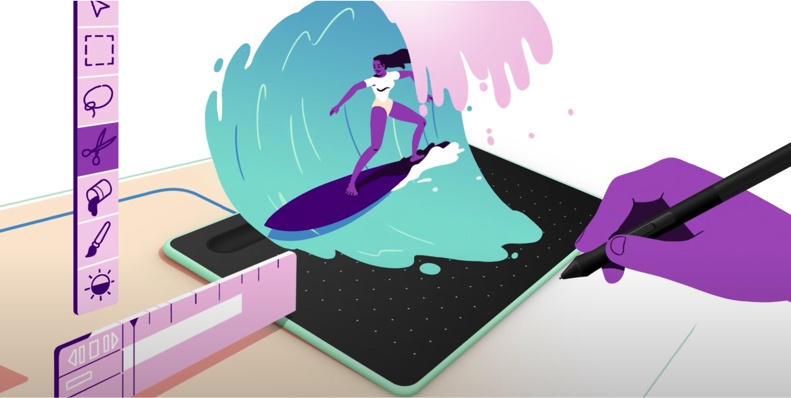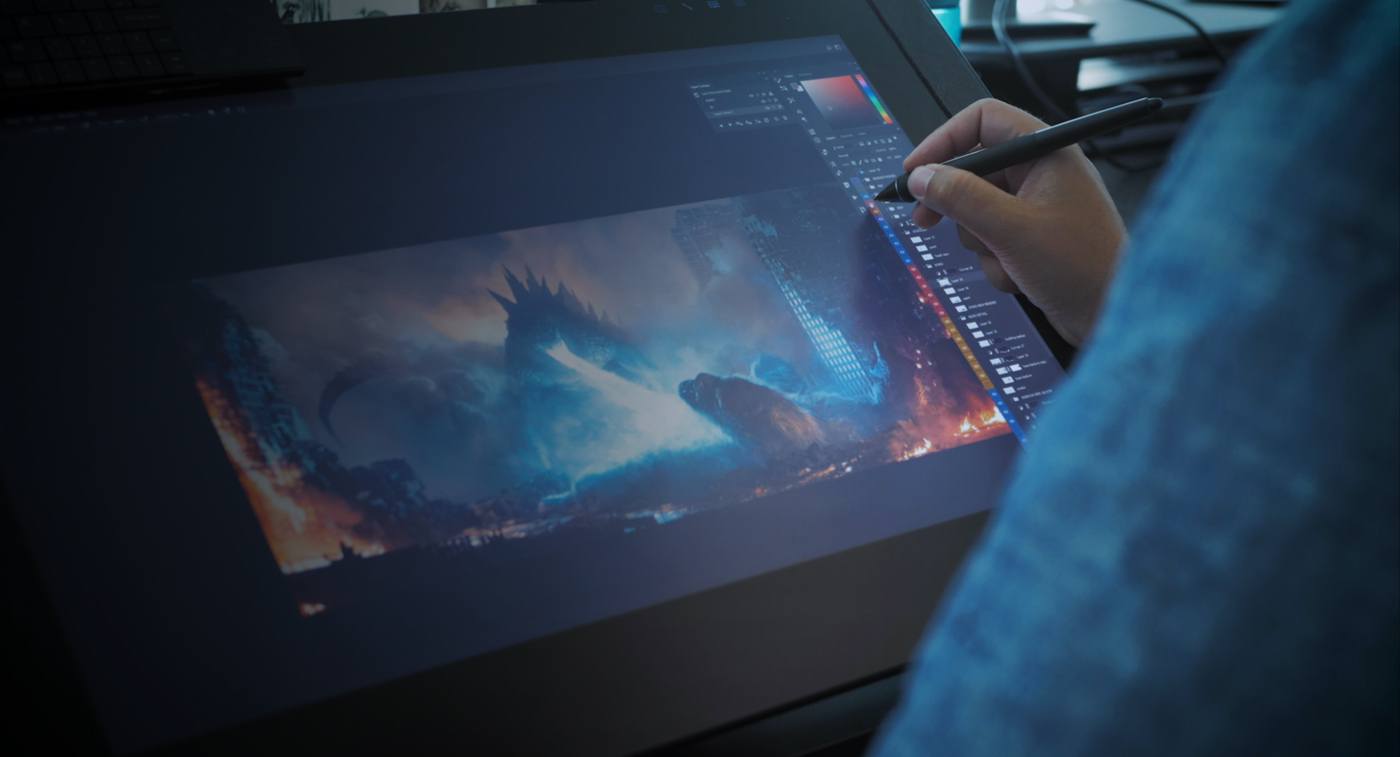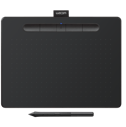



學習如何編輯影片時,嘗試並掌握各種技術非常重要。這能夠幫助你瞭解推動故事發展的不同方式,並且發現自己最喜歡的手法。之後,這些手法可以隨著你愈來愈有自信,而成為你的個人專屬風格。學習影片編輯時掌握這些不同的技術,你將能在短時間內創造出令人印象深刻的作品。
蒙太奇是快速推動角色發展或故事情節的完美工具。運用簡短的片段組成影片,而且通常以一首歌或一段音樂為背景,讓影片剪輯師可以在一個快速場景中充分利用許多不同鏡頭。要正確做到這一點,需要相應技巧、大量的鏡頭以及瞭解蒙太奇結束後,影片和人物會在哪裡。運用蒙太奇的代表作品包括迪士尼皮克斯動畫工作室製作的《天外奇蹟》(Up)、《洛基》(Rocky) 系列電影中的訓練場景,以及《怵目驚魂 28 天》(Donnie Darko) 的結尾。

使用匹配剪輯讓影片剪輯師可以透過將動作或主題從一個場景匹配至下一個場景,來建立場景之間的連續性。善用這個手法,剪輯師能夠在看似無關的場景之間,快速推進故事,而不會混淆觀眾。經典例子包括《2001 太空漫遊》電影開始時大猩猩朝空中扔骨頭的鏡頭,剪輯師利用匹配剪輯將骨頭變成衛星;而《阿拉伯的勞倫斯》(Lawrence of Arabia) 裡,勞倫斯吹滅火柴的鏡頭則匹配沙漠日出。想要掌握匹配剪輯,試著考慮哪些物體和主題相關聯,無論有多間接都可以,然後思考如何把它們組合在一起,讓影片看起來更專業。
J-Cut 和 L-Cut 是剪輯師想在某個場景使用另一場景的音訊時,最常使用的技術。L-Cut 是指頭一個場景的音訊,延伸至第二個場景的鏡頭。J-Cut 則相反,即頭一個場景仍在畫面上時,就已經可以聽到第二個場景的音訊。調整音訊進入某個特定場景的時間點十分有趣,如果位置正確,重疊部分有助於讓事情發展聯繫起來。

這個手法簡單又實用,是所有影片剪輯師都該掌握的工具。這項技術如同字面意思,亦即在動作發生時剪接,或是結束某個場景,或是切換到不同的角度。這能夠讓動作擁有更強的衝擊力。最優秀的剪輯師均深諳快速切換角度和剪接技巧,令觀眾目不轉睛。《駭客任務》(The Matrix) 中的打鬥場景,以及《黑色追緝令》(Pulp Fiction) 裡的眾多槍戰,都是動作跳接的完美例子。
音樂在影片編輯中的作用不容小覷。事實上,聲音應該與視覺具有同等分量。確保蒙太奇與你使用的歌曲或音樂完美契合。如果可以,為自己的影片購買音樂授權或是製作音樂是值得的,因為免版稅的曲目通常品質不佳,讓整個成品成為敗筆。保羅·湯瑪斯·安德森 (PT Anderson) 和魏斯·安德森 (Wes Anderson) 兩位導演的電影,是如何根據音樂進行優秀剪輯的範例,尤其是在使用蒙太奇時。
旁跳鏡頭可以讓影片剪輯師利用不同角度的幾個畫面,來發展一個角色或場景。這些簡單的剪接不只專注在角色或對象所說的話,還有助於快速建立畫面,並且聚焦周圍物體。如果某個場景要用到槍,那麼一個快速的旁跳鏡頭,就能向觀眾說明這把槍的重要性以及遲早會開火的事實。這種技術需要在較長的場景中放置大量小片段,同時十分清楚瞭解自己希望場景顯示的內容。學習如何正確使用影片編輯軟體,有助於培養旁跳鏡頭技能。
平行剪接是在同時發生的場景之間進行剪輯的過程。透過在兩者之間移動,剪輯師可以建立緊張感,特別是在採用 J-Cut 或 L-Cut 手法剪接不同場景,但採用相同音訊時更是如此。這是驚悚片和奇幻片屢試不爽的招數,尤其是《魔戒》(The Lord of the Rings) 三部曲。

正確的匯出設定可以確保影片最終不會因為檔案太大,而無法在智慧型手機和平板電腦等裝置上播放。一定要熟悉轉碼器,這些是影片需要採用的檔案儲存格式。如果要為 YouTube 或 Vimeo 製作影片,請降低解析度,同時確保畫面播放速度正確:電影是每秒幀數 24 幀,電視則是每秒幀數 30 幀。未能掌握這一點,可能會讓你的影片很難在熱門線上平台播放。
Wacom Intuos 讓你可以充分利用所有你已熟悉掌握的影片編輯技術。超過 4,000 級感壓等級以及符合人體工學的設計,令這款數位筆握持舒適自如,為你提供出色的控制感。Wacom Intuos 非常方便好用。輕鬆連接至 Mac、PC 或特定 Android 裝置即可使用。加上藍牙功能,只需按下按鈕即可連接電腦。利用 Wacom Intuos 立即製作精美的影片。
推薦產品

Wacom Intuos Bluetooth
用靈敏的數位板和精準的數位筆進行素描、繪製和編輯圖像,讓你的作品生動躍於螢幕之上。
透過自然的介面技術讓人與科技緊密相依,是 Wacom 一貫的願景。這項願景讓 Wacom 成長為全球的互動式數位板、手寫液晶顯示器及數位筆的龍頭製造商,更是數位簽章保存與處理解決方案供應商。Wacom 直覺式輸入裝置的先進技術,已在全球各地造就出許多一流數位藝術、電影、特效、時尚及設計鉅作,其領先的介面技術同時為商業和家庭用戶提供表達自我個性的利器。創立於 1983 年的 Wacom 是全球性企業,總部位於日本(東京證券交易所股號:6727),分公司及行銷與銷售代表處遍佈世界各地 150 多個國家。